Road tripping along the rugged coast or winding through the mildly mountainous interior of Portugal is one of the true delights of discovering this beautiful country.
Away from the large-scale tourism in the cities, you can explore small historical towns, drive along rural roads among cork tree-studded hills, or stop at utterly undeveloped beaches for a refreshing swim in the Atlantic.
Based on dozens of road trips in Portugal, here are some of my best tips!
Renting a car in Portugal
Renting a car is fairly straightforward in Portugal and always a great option if you don’t have your own vehicle. It can be quite an affordable one too if you look around a bit.
I recommend using Discover Cars to check all options, as this comparison site includes both big-name brands and local suppliers. I’ve booked all of my car rentals in Portugal (and elsewhere) through this platform. You can check for car hire in Lisbon, car hire in Porto, or car hire in Faro if you’re hitting up the Algarve.
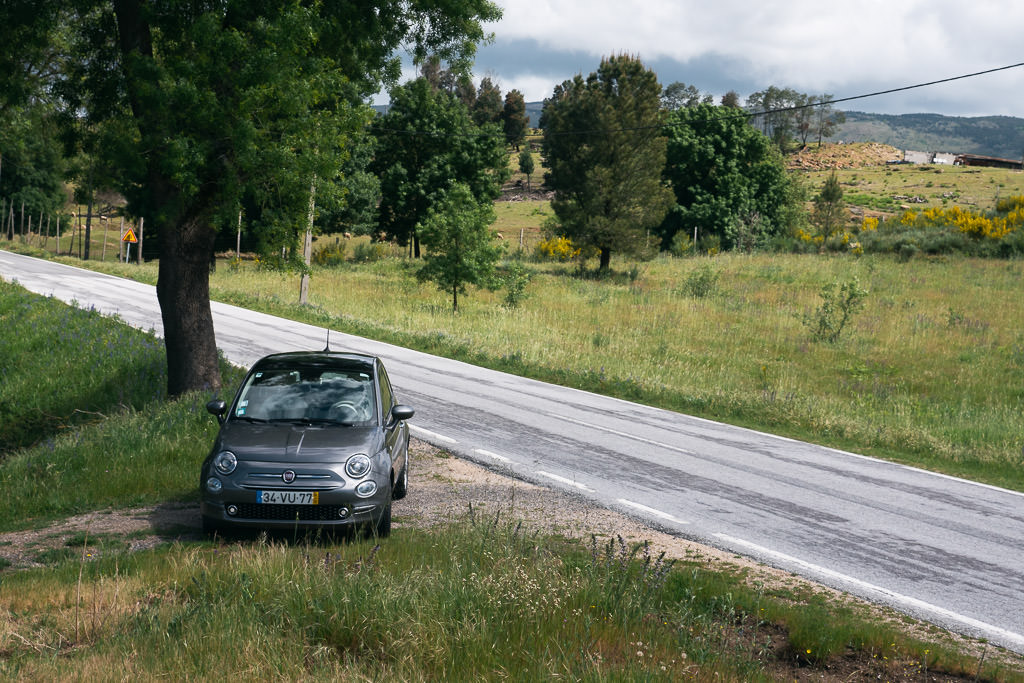
In major hubs like Lisbon, Faro, and Porto, you’ll find an overwhelming choice of car hire companies. If your trip is starting in Lisbon or Porto, you may of course just want to rent a car there.
Another option can be to travel to a smaller regional city first. For example, I once saved over 100 EUR on a trip through central Portugal by first taking the train from Lisbon to Covilhã, before renting a car there.
I have written more tips for renting a car in Portugal. Read them if you’re new to the roads in Portugal!
Renting a campervan in Portugal
Portugal is a gorgeous destination for campervanning, but to tell you the truth, it is best if you already own a campervan.
Renting is certainly an option, though it can be surprisingly expensive, to the point where it may be cheaper to stay in a luxury resort and rent a car for local trips.
That said, if you still have your mind set on renting a camper van, let me share a few tips.
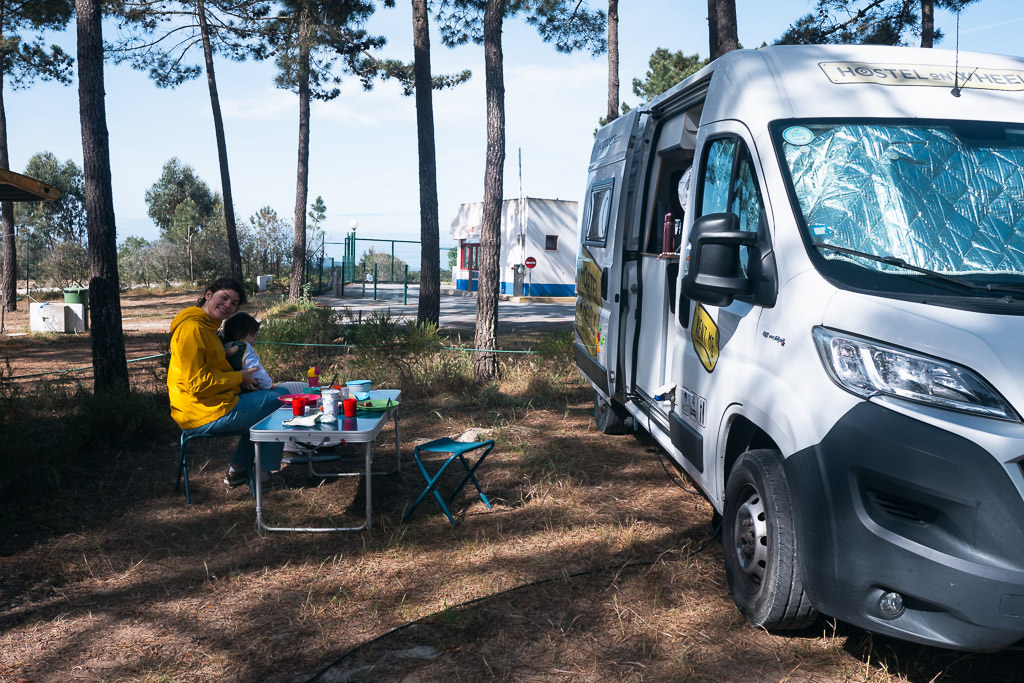
Several companies rent out fully equipped campervans in Portugal, of which Indie Campers (no relation, but I like the name!) is one of the largest and best-known.
Be warned: while prices on Indie Campers can still seem pretty reasonable upon first look, they will rise quickly once you’ve added all the necessary extras (including gas for the stove, which strangely is not included).
Even when inquiring during the April low season, I calculated a total cost of over 200 Euro per night. For such an amount, you could honestly just go luxury glamping or check into a luxury hotel. Prices can get even higher in the July or August high season.
That said, the novelty of travelling in a campervan can still be worth it. Surfers are probably a big part of the target audience for van rentals, as it lets you stay close to the beaches and take your board anywhere. We just liked having the freedom to go wherever you want and never worry about packing or unpacking.
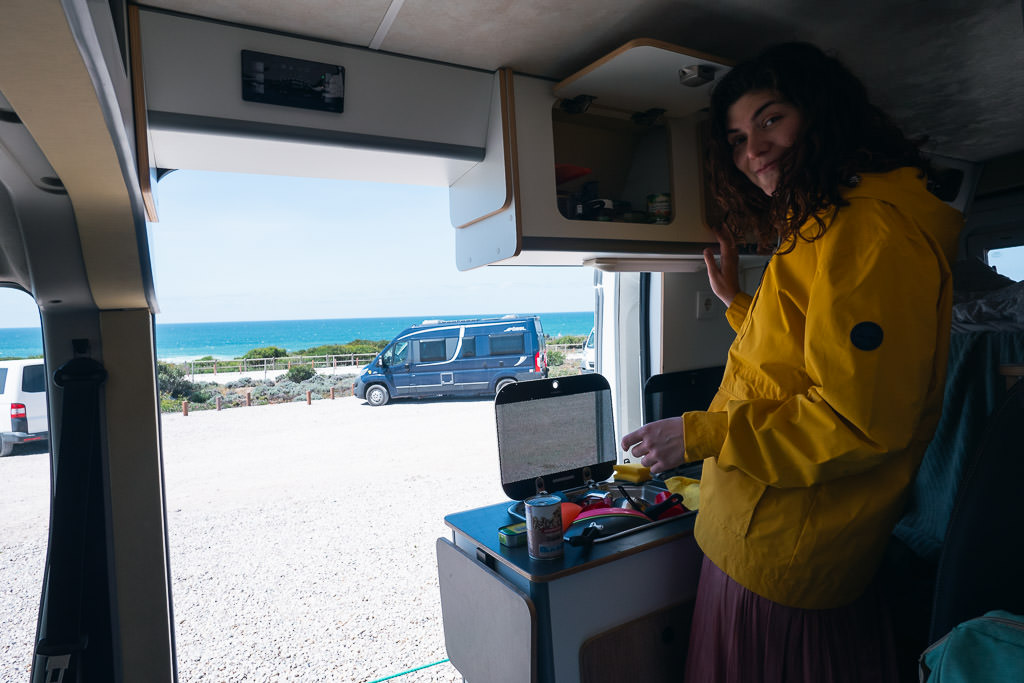
For a more budget-friendly campervan provider, I recommend checking out Hostel On Wheels. I used them myself and loved their service (that’s not an ad). In the same April off-season, our costs with Hostel On Wheels were about 130 Euro per night in total, which I thought was a little more reasonable for the chance to give campervanning a try.
I haven’t used them, but Siesta Campers is another brand to check. They have some smaller models that are reasonably priced.
Tips for van life in Portugal:
- Wild camping is illegal. The GNR state police are pretty active in issuing fines for staying overnight where it’s not allowed. Be sure to check the latest rules and whatever you do, respect nature and leave no trace.
- To find all the campsites and parking lots you can use, get the app park4night. It’s amazing! Besides campsites, it also includes farmers who let you stay overnight on their private land.
- The cost of staying at official campsites depends on the season and location, but €15 – 20 per night is a good rule of thumb.
How to find the most scenic roads
Before I share a few driving routes, let me give you my one golden tip for planning your road trip in Portugal.
Modern map apps like Google or Apple Maps excel at getting you to your destination quickly, but they aren’t so good for finding routes that are scenic or simply fun to drive.
But did you know that Michelin, the company that awards stars to restaurants, also rates roads?
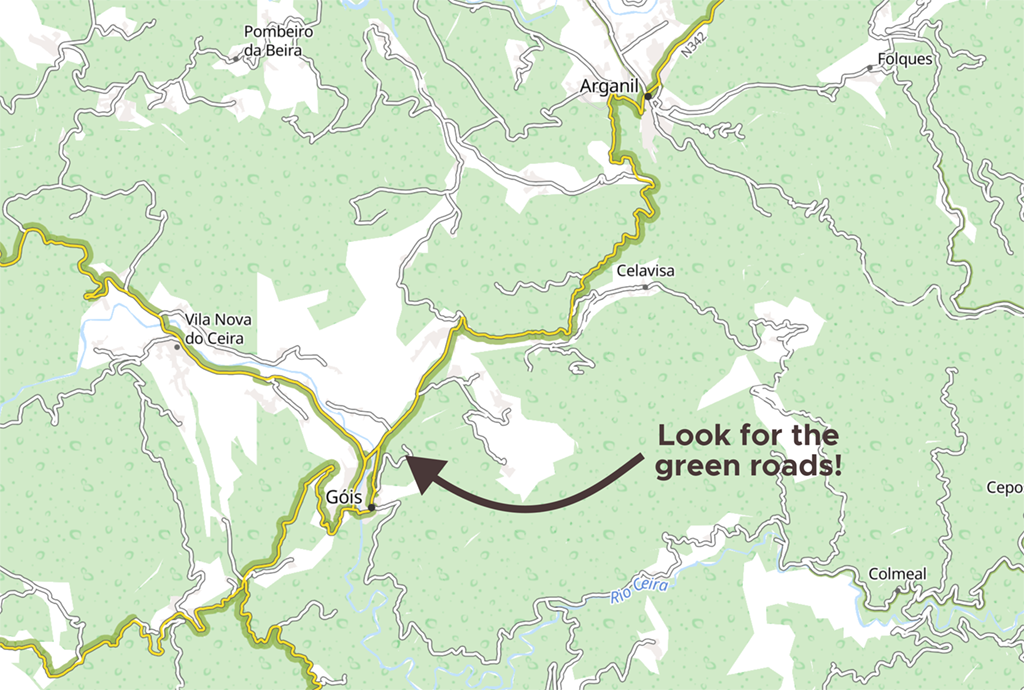
I actually remember that when I was a kid, the paper maps from Michelin were the maps you’d bring when road tripping in Europe. It’s what you’d always use before GPS! Nowadays, all their maps are available online for free — and best of all, they very helpfully indicate the most beautiful and scenic roads.
Just check the ViaMichelin route planner and look for any roads with a green outline. Following these green routes is one of the best ways to drive around Portugal (or anywhere in Europe).
Road trip routes
There are loads of areas in Portugal that are perfect for a road trip, but let me highlight three amazing ones in particular here.
1. The Costa Vicentina
The Vicentine coast stretches from south of Lisbon all the way to the Algarve. But unlike the Algarve, which has been thoroughly built up with tourist accommodation, the Costa Vicentina is largely a protected area, dotted only with small former fishing villages.
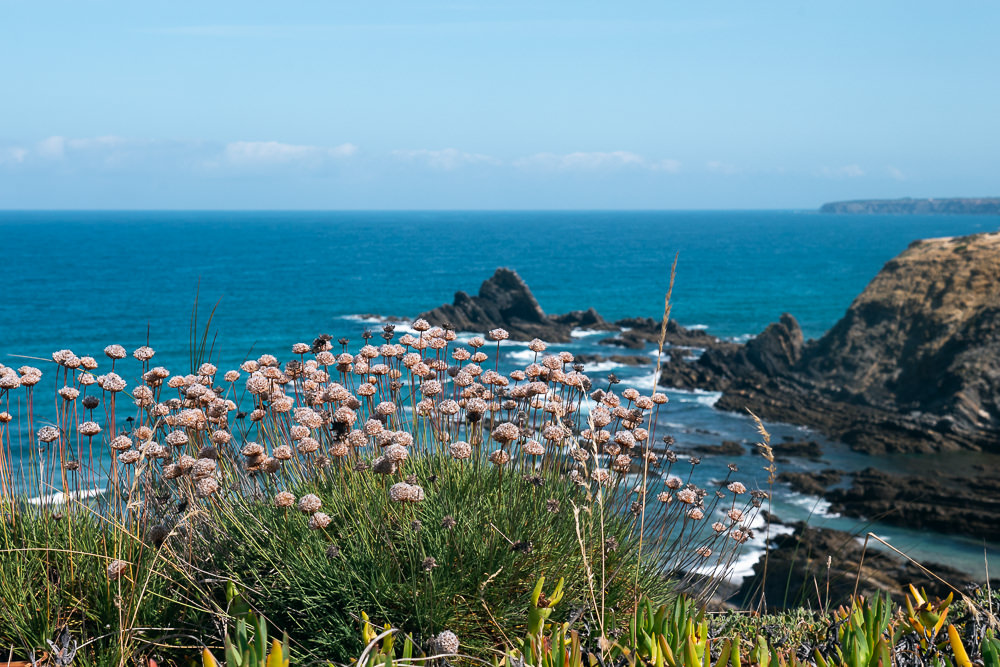
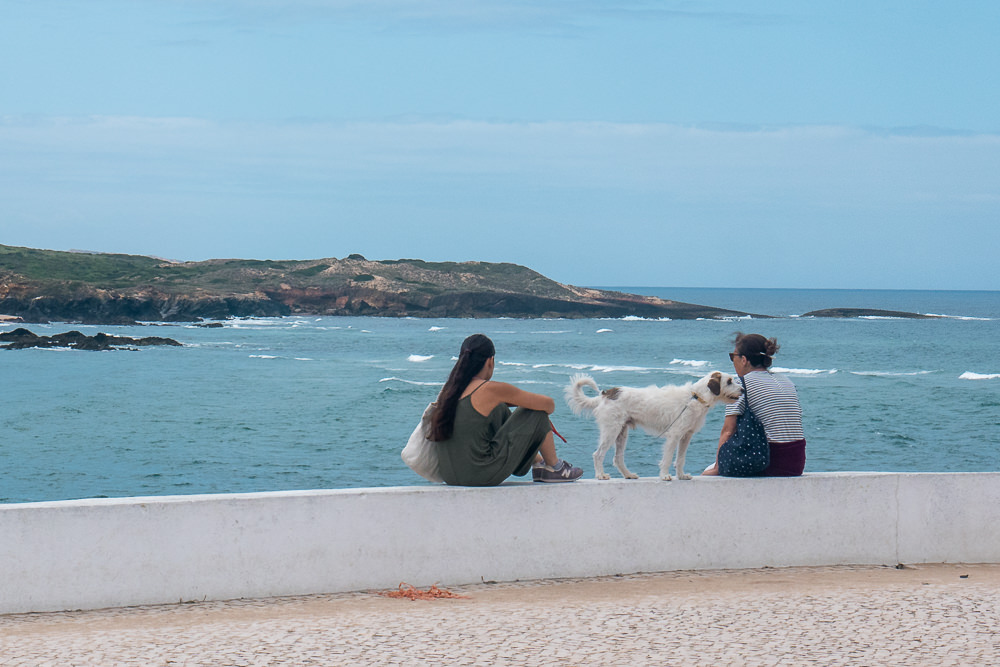
Starting in Lisbon, drive south to Vila Nova de Milfontes, a great starting point for a road trip. It’s a lovely small town at the mouth of the Mira River, where you can spend the day eating petiscos (Portuguese tapas) in the sun or kayaking or stand-up paddling across the river.
If you’re up for a detour, first stop by Comporta, a village that seems unassuming at first glance but attracts a global jet set crowd. It’s an odd combination of boho chic with traditional Portuguese fishing village, situated besides a completely unspoiled beach that stretches as far as the eye can see.
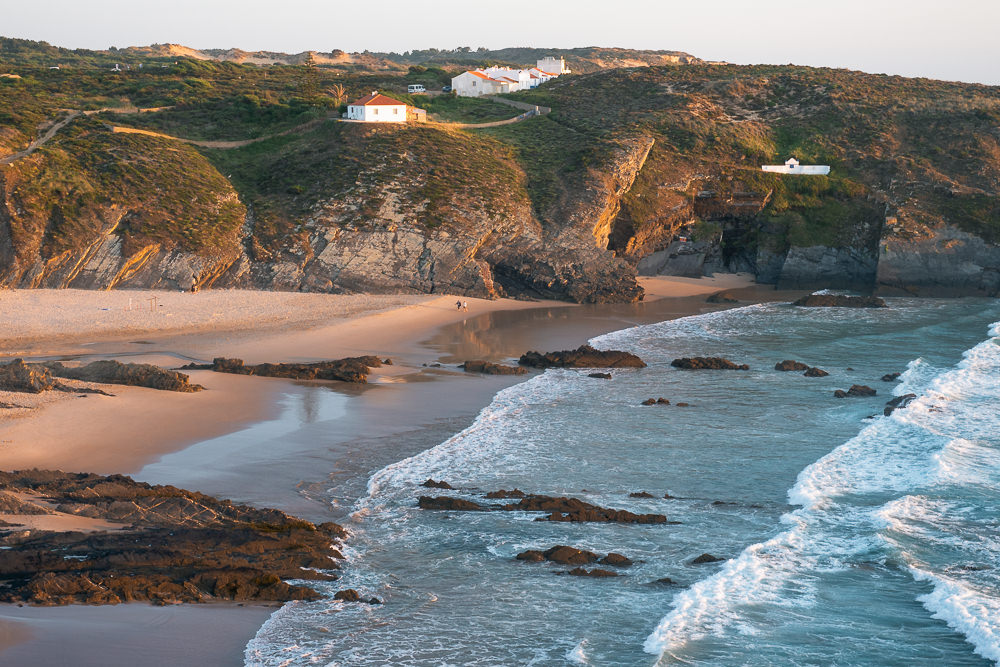
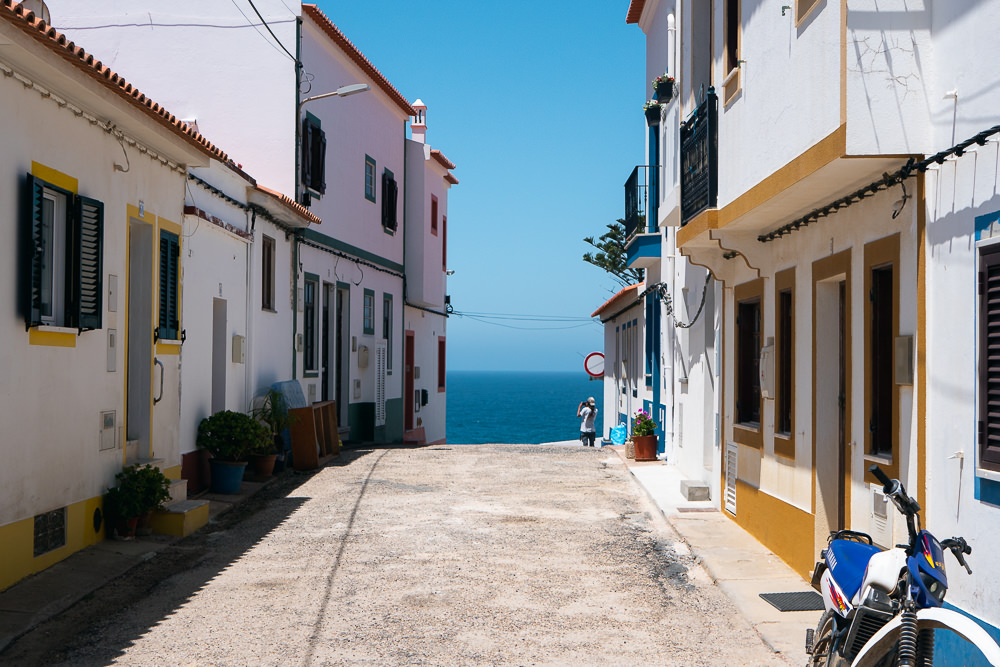
South from Vila Nova, there are numerous authentic small villages by some dramatic limestone sea cliffs. Our three favorites are Almograve, Zambujeiro do Mar, and Odeceixe.
You can drive all the way down to Sagres and end your road trip at the extreme western tip of the Algarve. Overlooking some of Portugal’s most dramatic cliffs, the town has an end-of-the-world feel, with a fortress and lighthouse marking the end of the road. It’s from here that Henry the Navigator once planned and organised Portugal’s journey of discovery to the new world.
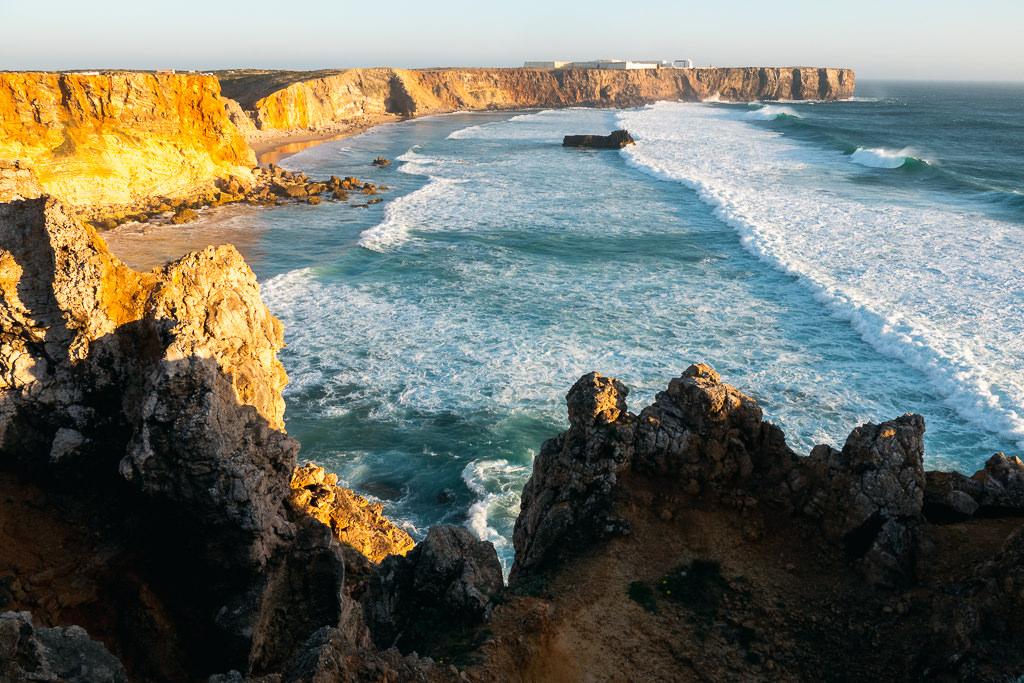
Driving down the Costa Vicentina will give you lots of opportunities for swimming and there’s a huge network of hiking trails.
We’ve done this region by camper van for which it is ideal. You can’t really sleep (legally) by the sea, but it’s easy to park your van with a view of the beach, especially in the shoulder months when vans are permitted to use parking areas that are off-limits in the July-August high season. There are also many campsites large and small throughout the region.
2. Peneda-Geres National Park
Located in the far north and straddling the border with Spain, Peneda-Gerês is truly one of the gems of Portugal.
While there are various protected areas around Portugal, Peneda-Geres is the only one with full National Park status. It’s a wonderfully unspoiled rural region with gentle hills, windy roads, small villages, and scenic waterfalls.
Small villages such as Soajo, Lindoso, and Pitões das Junias feel like little discoveries in a region that’s largely unknown among international tourists.
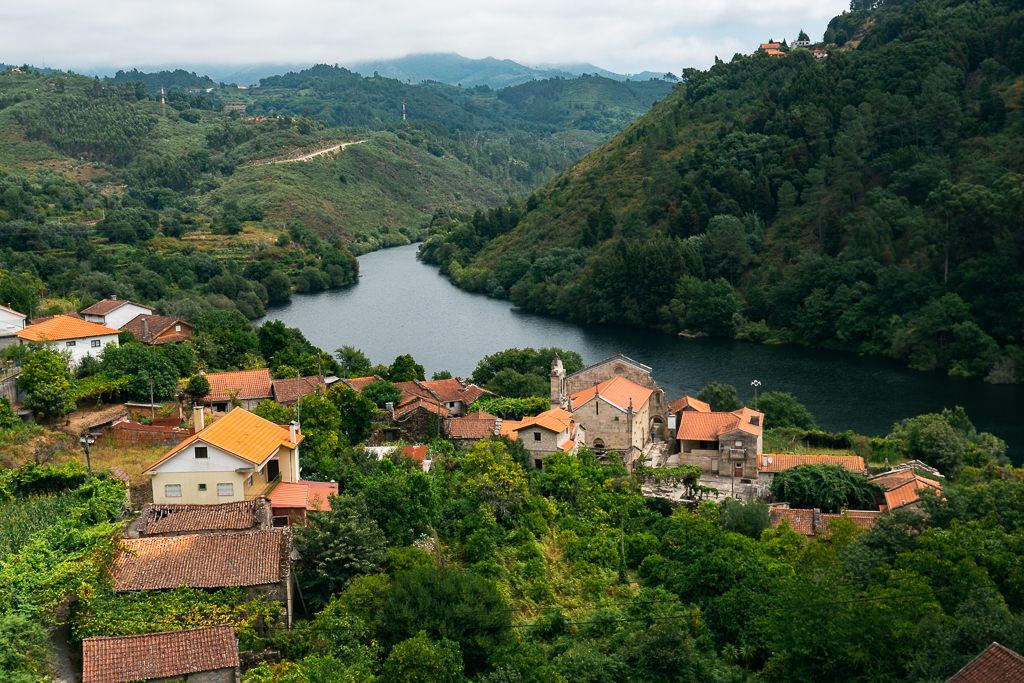
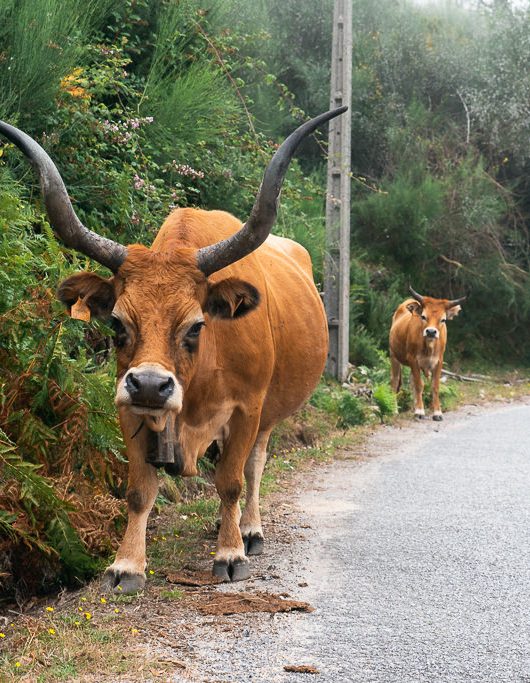
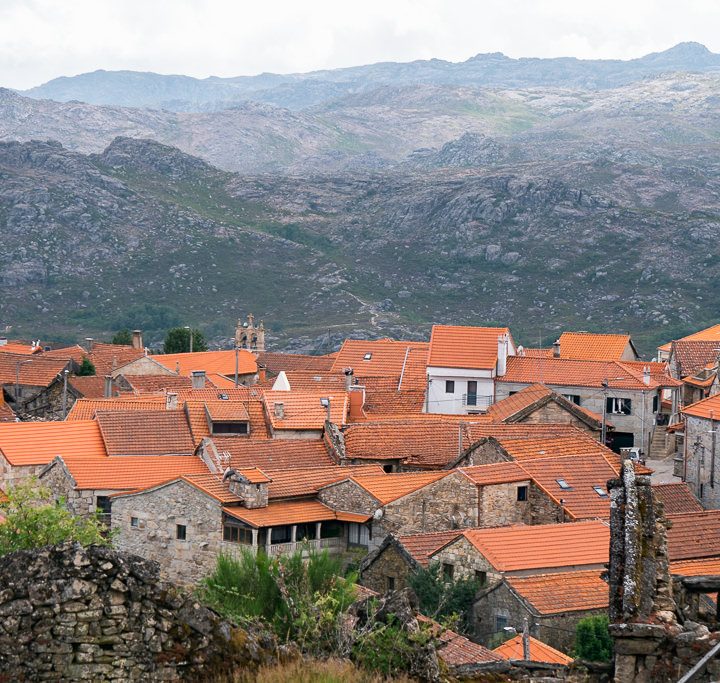
Along the narrow roads, you may from time to time have to stop for some of the impressively-horned Cachena or Barrosão cows that roam semi-freely here.
I’ve written a complete guide to driving around Gerês, so here I’ll keep it brief, only to emphasise that this is truly one of the best driving routes in Portugal.
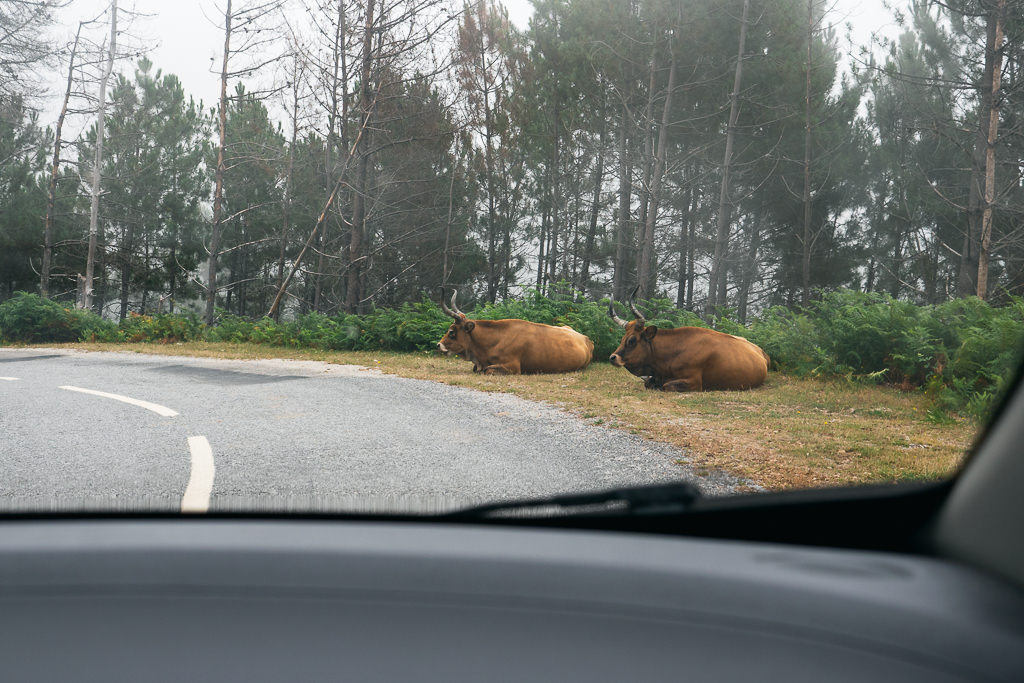
Many of the roads are quite small, windy and steep though, which will be easier to navigate by car than by van. There don’t seem to be too many caravan or campervan sites around this region (we drove it by car ourselves).
3. Central Portugal
Shhh, don’t tell anyone, but this might secretly be the best road trip region in Portugal! I’ve explored the heart of Portugal both in winter and summer and I’d say it’s a great experience any time of year.
With not too many motorways and lots of gentle mountain roads through forested and granite-rock-strewn landscapes, it’s a lovely region to zig-zag around and explore at your own pace.
There are two networks of historical villages that you can use as waypoints or as a base to stay the night.
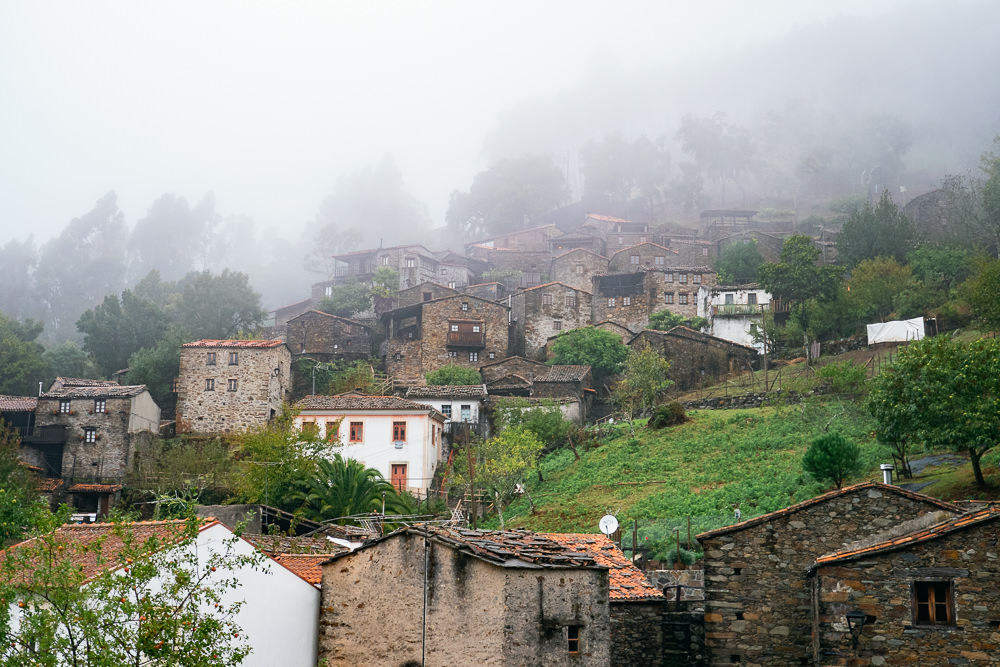
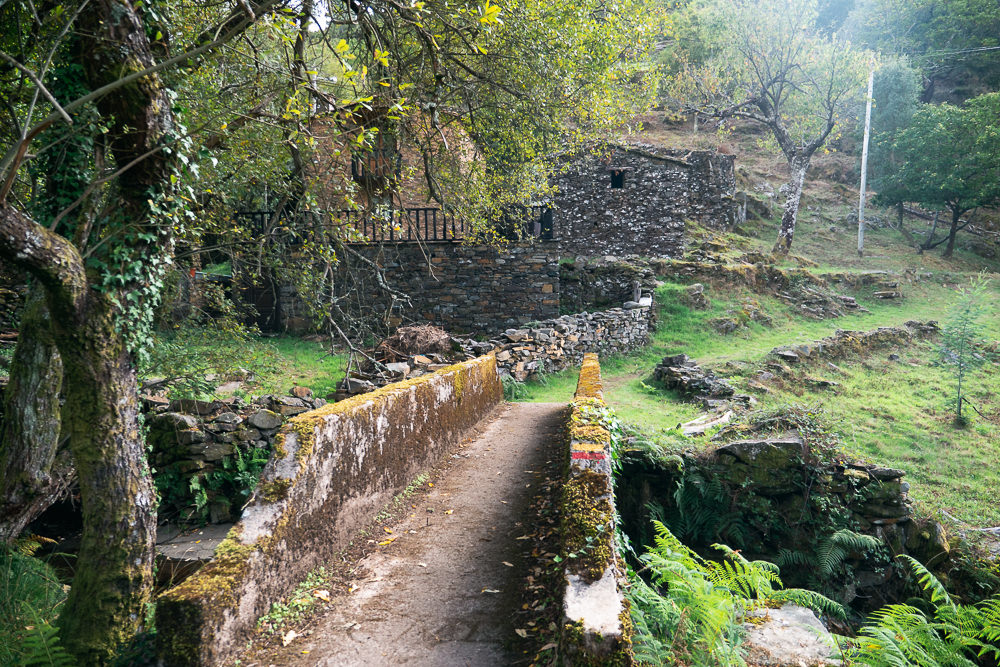
Firstly, you have the 27 Aldeias do Xisto (the schist villages), which are spread out over several mountain ranges, including the Lousã and Açor mountains.
These villages have many traditional houses built using light brown and grey schist rocks, giving them a different look to the whitewashed villages that are more common elsewhere in Portugal.
As you explore the villages you can find artisan markets, small local cultural events, as well as a network of well-marked hiking trails.
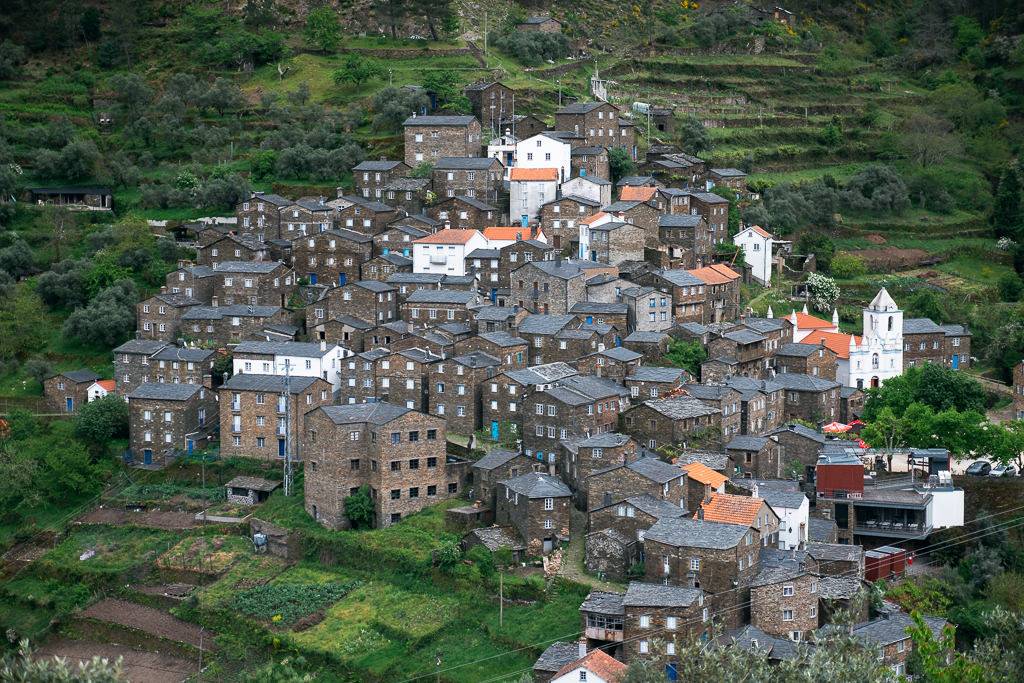
One of the most eye-catching villages is Piódão, which has many narrow schist houses squished between terraced fields. You can read more about the Serra da Lousã, an area where I love to go hiking.
I also love the villages along the river Alva, such as the cute Avô (shown below), Vila Cova de Alva, and Coja.
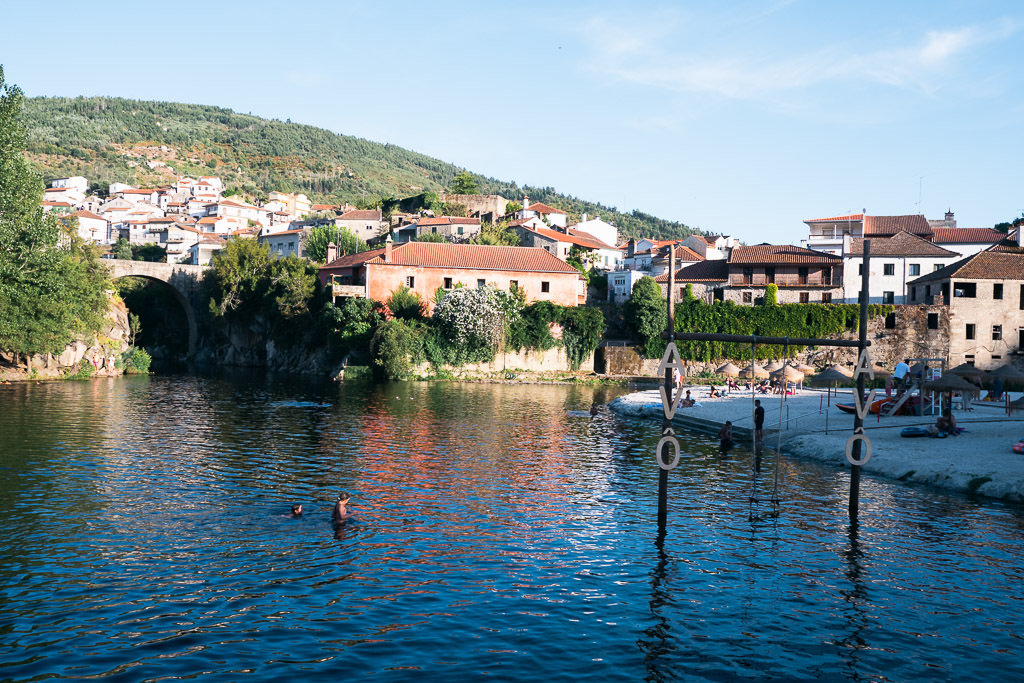
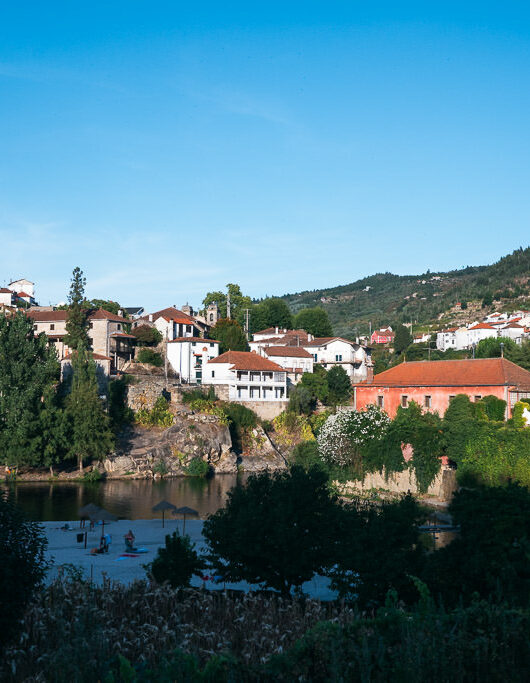
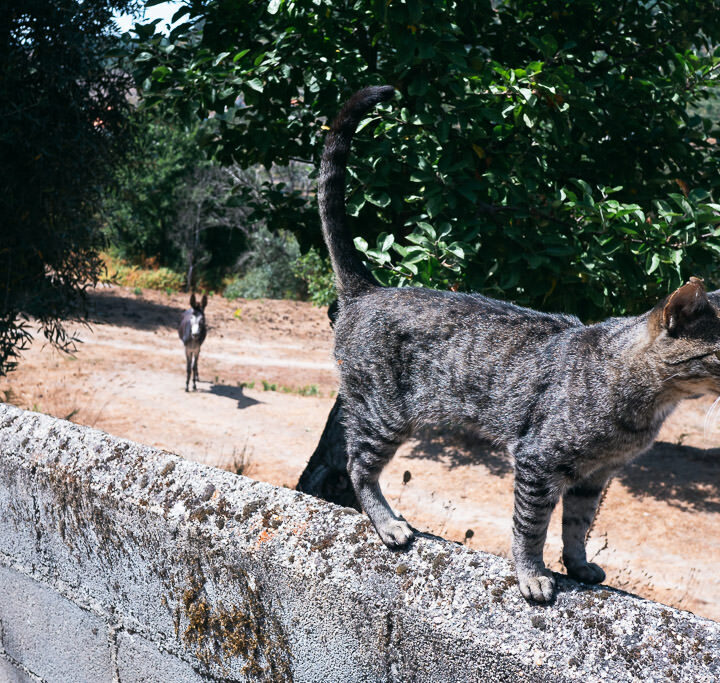
Several rivers run through the region carrying very fresh and clear mountain water, often filled with little frogs and small fish that nibble your feet. You can find a plethora of river beaches where small sandy areas have been created often along with small riverside bars or cafes. You can find them easily on Google Maps by searching for “praia fluvial”.
I adore these river beaches during the summer as they are far more relaxed and less crowded than the often overflowing beaches elsewhere in Portugal. Besides swimming there are many opportunities to go kayaking along the beautiful oak- and fern-lined rivers.
You’ll find the Schist villages mostly on the west side of the Serra da Estrela mountains, i.e. more in the direction of Coimbra. In the opposite direction towards Spain, you’ll find the Aldeias Historicas de Portugal, a network of 12 historical villages.
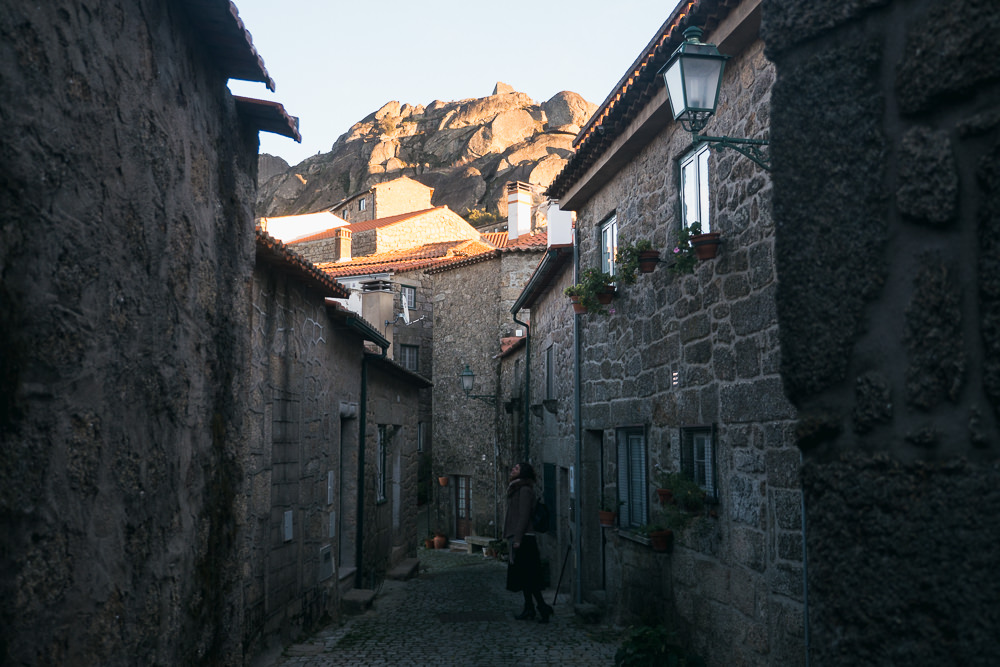
Among them is Belmonte, a village with an interesting history involving Jews who practised their religion in secrecy starting in the Middle Ages.
If you’re up for a drive all the way to the Spanish border you definitely don’t want to miss the gorgeous hilltop village of Monsanto, famed for its houses that are built under and between giant granite boulders.
Sortelha is another gorgeous little village which also has its own small castle to explore.
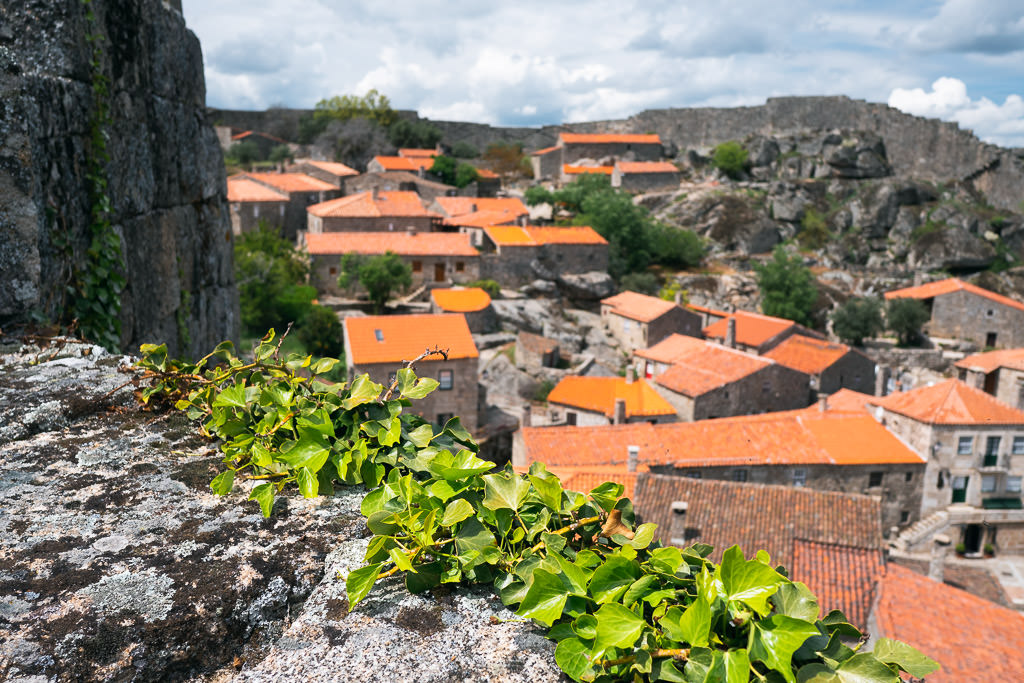
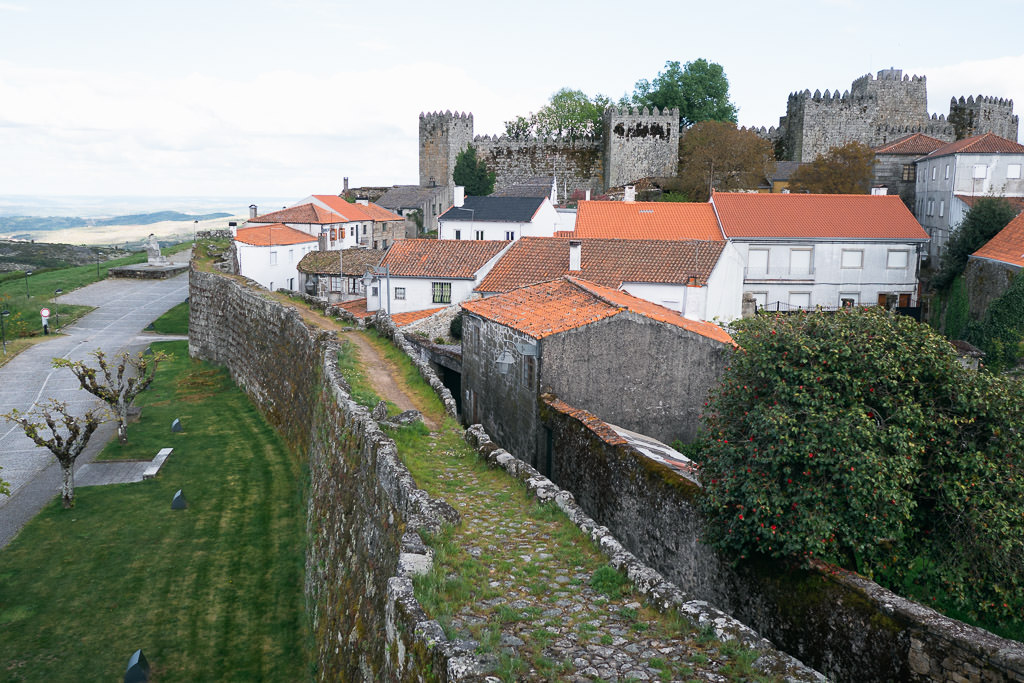
The cities are a bit of a mixed bag. Guarda for example is nice but can feel very empty and dilapidated in places; the region has long had issues with people moving out to the coastal cities where there are a lot more jobs. Covilha is worth a stop for its small museums, including one about the region’s former wool industry.
I personally really loved Viseu, which has a very charming center and is an overlooked and underrated destination in Portugal.
]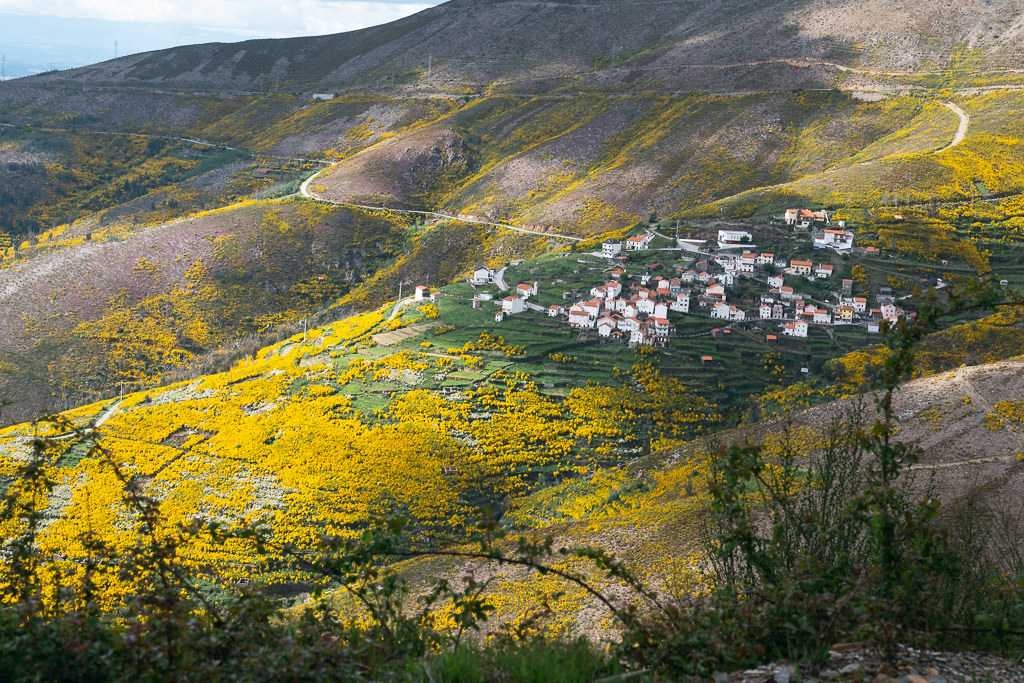
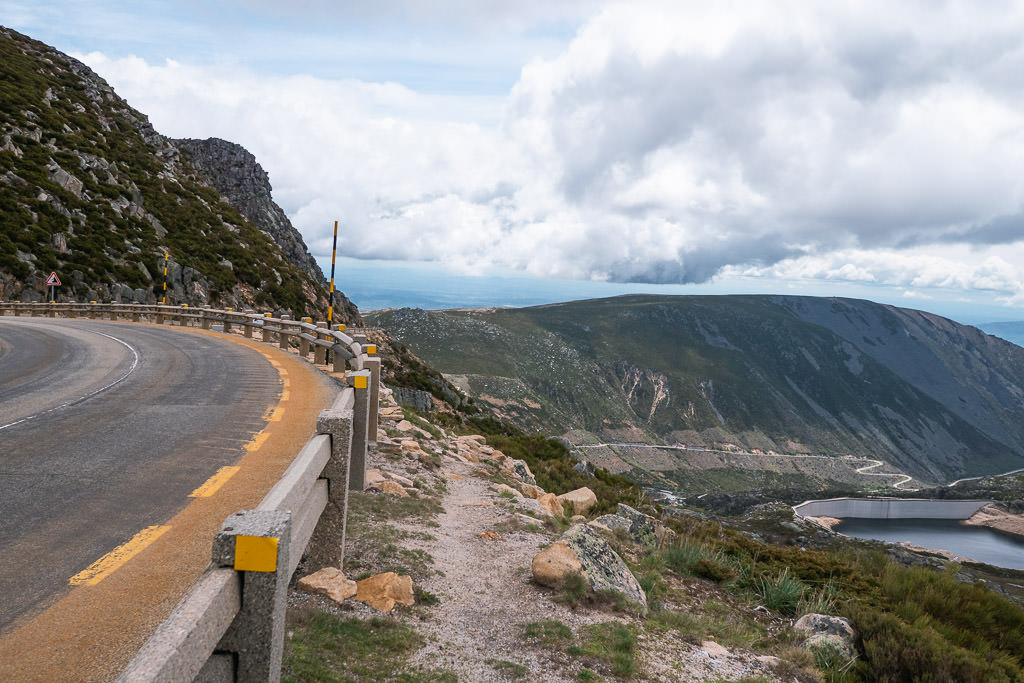
Finally, I should mention that while you’re on a road trip through central Portugal, it’s worth driving through the Serra de Estrela, the highest mountains in mainland Portugal. Put ‘Torre’ in your GPS if you want to drive to the peak, which is in fact a large plateau from where you can get some excellent views.
Rather than prescribing a specific route, I’ve tried to mention some of the different points of interest you can find in central Portugal, so you can mark them on a map and find your own way around.
There are numerous routes you can take so rural Portugal is all yours to explore!
Some links may be affiliate links, meaning I may earn commission from products or services I recommend. For more, see site policies.
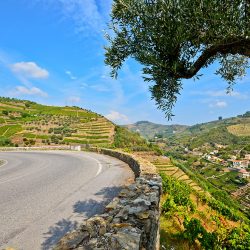
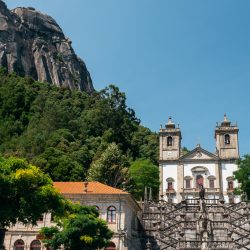
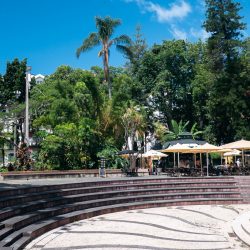
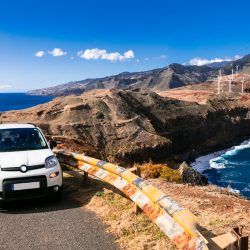




0 comments
Leave a comment
Your email address will not be published. Comments are manually moderated.